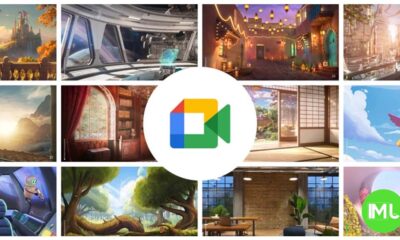Android
Android 15 QPR1 beta brings desktop mode to Pixel Tablet, settings redesign, and lock screen widgets and more
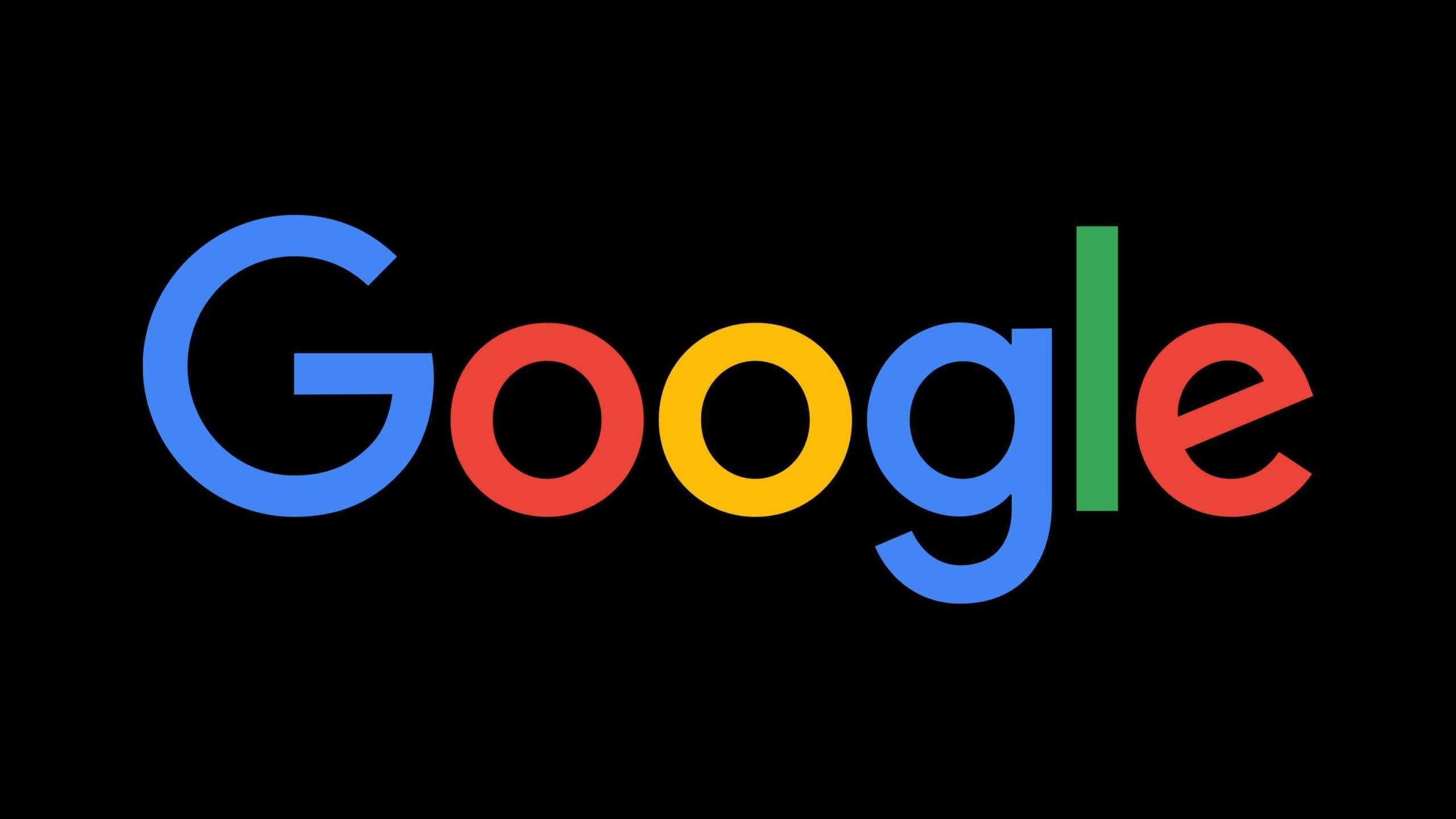
Key Points:
- Desktop Windowing: Allows multiple apps to run in resizable windows, enhancing productivity on Pixel Tablets.
- Settings Redesign: Streamlined organization with Material You updates for easier navigation.
- Lock Screen Widgets: Brings back lock screen widgets, but only on Pixel Tablets.
Android 15 QPR1 Beta: New Features and Installation Guide for Pixel Devices
Google has introduced several new features with the Android 15 QPR1 Beta 2, focusing on improved multitasking and usability on Pixel devices, especially tablets. Let’s explore the key updates in this release and how to install the beta version on your device.
Desktop Windowing on Pixel Tablet
One of the major highlights is the new desktop windowing mode, now available in Android 15 QPR1 Beta 2 for Pixel Tablets. This feature allows users to resize app windows and run multiple apps simultaneously, giving a more desktop-like experience. You can pin apps on the taskbar, and each app window now has a customizable header bar with window controls. These controls let you switch between fullscreen and windowed modes with ease.
To enable this mode:
- Go to Settings > System > Developer options.
- Turn on Freeform Windows.
Once activated, you can adjust app windows by dragging a handle at the top of each app window, making multitasking even more flexible. The desktop windowing mode can be controlled through keyboard shortcuts for added convenience.
Settings Redesign with Material You
Android 15 QPR1 Beta 2 also brings a redesigned Settings app, improving organization and aesthetics. The new layout groups related preferences under visually distinct sections, helping users navigate more easily. The search bar has been revamped into a taller, pill-shaped design, and the app items are displayed in clear cards, making them easier to distinguish. These tweaks enhance the overall user experience while giving a fresh look.
Lock Screen Widgets Return (Tablet-Only)
Lock screen widgets, previously removed from Android versions, have made a comeback in Android 15 QPR1 Beta 2. These widgets are available by default on Pixel Tablets and allow users to add app widgets like Spotify, Google Clock, and Google Weather directly on the lock screen. Users can customize their lock screen widget panel without unlocking the device, although unlocking is required to access the full app.
Currently, this feature is exclusive to tablets, with no support for phones in this beta version.
How to Install Android 15 QPR1 Beta on Pixel Devices
The Android 15 QPR1 Beta is available for Pixel devices released since 2021, including Pixel 6, Pixel 7, and Pixel 8 series. You can install the beta via two methods:
- OTA Update via the Android Beta Program:
- Visit google.com/android/beta and opt in with your Pixel device.
- After enrolling, check for the OTA update on your device and install it.
- Manual Installation via Sideload:
- Download the Android 15 Beta OTA file for your specific device.
- Boot your device into Recovery Mode and navigate to ADB Sideload.
- Connect your phone to a computer with ADB tools and use the command
adb sideloadto install the update. - Once completed, reboot your device.
Make sure to back up your data and enable OEM Unlocking before attempting a sideload.
Most people will be installing via the Android Beta Program, but you can also flash or sideload.
- Pixel 9 Pro Fold: Factory Image — OTA
- Pixel 9 Pro XL: Factory Image — OTA
- Pixel 9 Pro: Factory Image — OTA
- Pixel 9: Factory Image — OTA
- Pixel 8a: Factory Image — OTA
- Pixel 8 Pro: Factory Image — OTA
- Pixel 8: Factory Image — OTA
- Pixel Fold: Factory Image — OTA
- Pixel Tablet: Factory Image — OTA
- Pixel 7a: Factory Image — OTA
- Pixel 7 Pro: Factory Image — OTA
- Pixel 7: Factory Image — OTA
- Pixel 6a: Factory Image — OTA
- Pixel 6 Pro: Factory Image — OTA
- Pixel 6: Factory Image — OTA
Conclusion
With Android 15 QPR1 Beta 2, Google is enhancing the user experience with features like desktop windowing, a revamped settings app, and the return of lock screen widgets for tablets. These updates push Android closer to a more flexible, desktop-like environment, especially on larger devices like the Pixel Tablet.
For those interested in trying out these features, the beta is available now for Pixel devices. Be mindful, however, that these updates are still in beta, and you may encounter bugs or unfinished features.
Android
Easy ways to change Android Auto’s look with light and dark themes
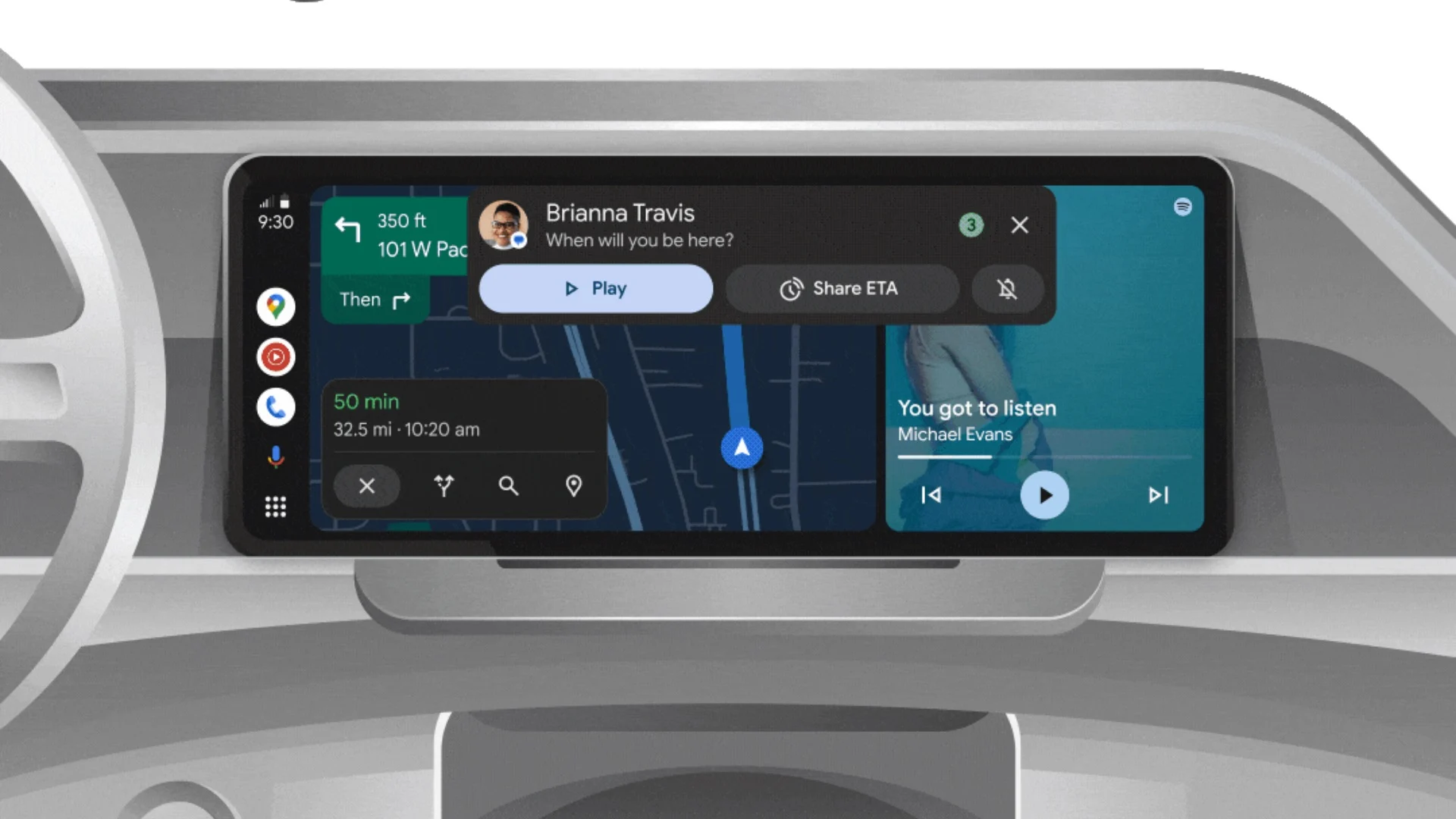
Android Auto is a helpful tool that lets you use your phone’s apps safely while driving. It connects your phone to your car’s screen, making it easier to use maps, music, and calls. One of the features many people like is the ability to change how Android Auto looks by switching between light and dark themes.
How to switch between light and dark themes
Android Auto offers two main themes: light and dark. The light theme uses brighter colors, which can make the screen easier to see during the day. The dark theme uses darker colors, which can be more comfortable for your eyes at night or in low light.
To change the theme, follow these steps:
- Open the Android Auto app on your phone.
- Go to the settings menu.
- Find the “Theme” option.
- Choose between “Light,” “Dark,” or “Set by car” (this lets your car decide the theme based on the time of day or your car’s settings).
Why themes matter
Using the right theme can make driving safer and more comfortable. The light theme is good for bright days, while the dark theme helps reduce glare at night. Having these options means you can pick what works best for you, making Android Auto easier to use in any condition.
In short, Android Auto’s theme options are simple to use and help you drive more safely by making the screen easy to see, no matter the time of day.
Android
Google’s New Updates: Gemini 2.5 Pro, Android 16 features, and Messages change
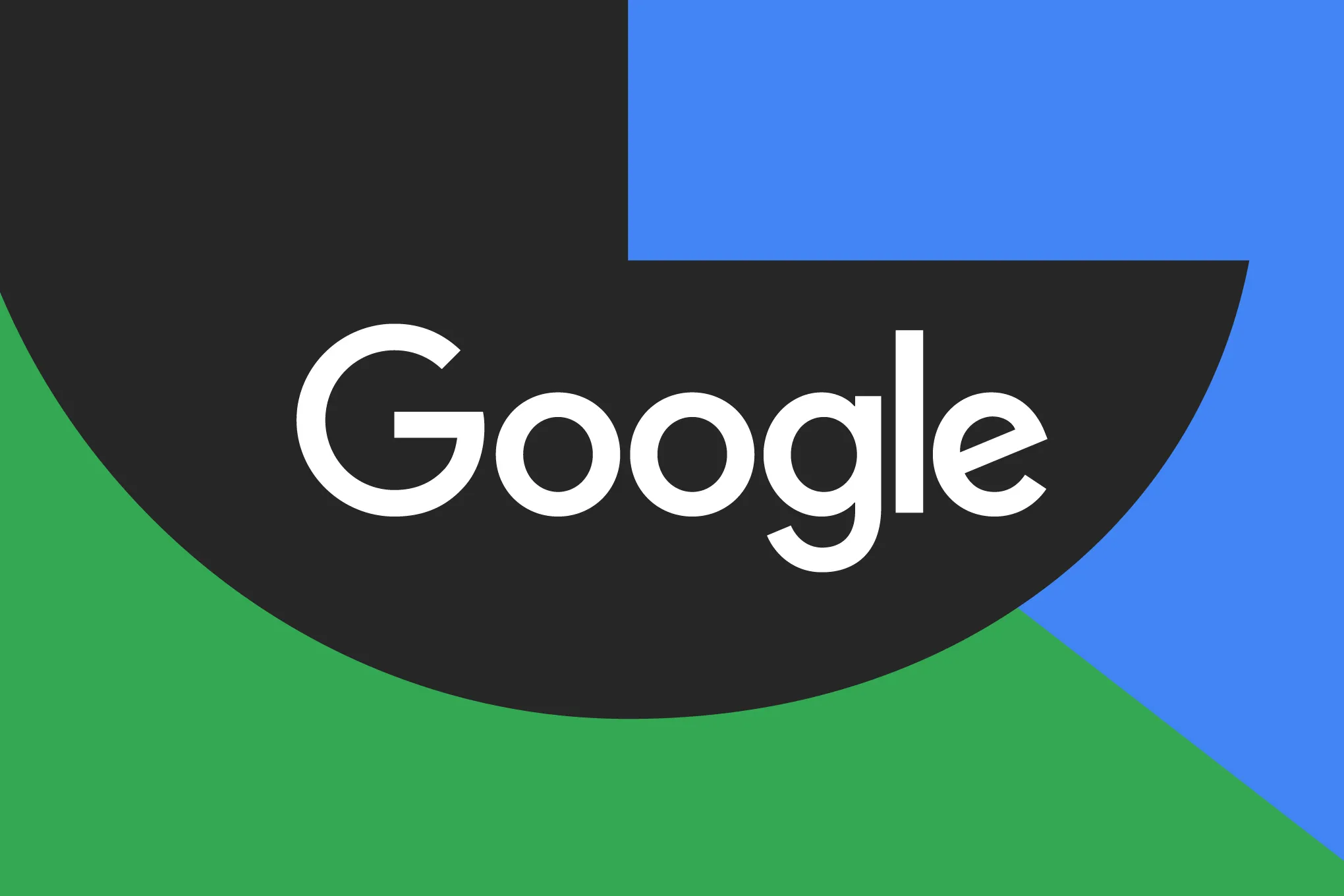
Google has just rolled out some exciting updates across its services and apps. Here’s a simple breakdown of what’s new and what it means for you.
Gemini 2.5 Pro is here
Google has launched Gemini 2.5 Pro, the latest version of its AI model. This upgrade brings smarter and faster responses, making it easier for users to get helpful answers. Gemini 2.5 Pro is now available in Google’s AI Studio and Vertex AI, so developers can build even better tools and apps using this technology.
Android 16 brings more customization
Android 16 is adding new ways to personalize your phone. One of the standout features is the ability to hide the clock on your lock screen, giving you a cleaner look if you want it. This is part of Google’s push to let users make their phones feel more unique. There’s also a new animation for the power button, making the experience smoother and more modern when you turn your phone on or off.
Google Messages removes the unsubscribe button
If you use Google Messages, you might notice that the “Unsubscribe” button is gone from some business messages. Google has removed this feature, so users now have to find other ways to stop unwanted texts. This change might make it a bit harder to manage spam, but Google hasn’t said why the option was removed.
What does this mean for you
These updates show that Google is focused on making its products smarter and more personal. Whether you’re using AI tools, customizing your phone, or managing your messages, you’ll see some changes that aim to improve your experience.
Android
Here’s what’s new with Google Keep and Android Automotive apps

Google Keep is getting a fresh look with the new Material You design, making it more colorful and easier to use on Wear OS smartwatches. The update brings bigger buttons and clearer text, so you can quickly jot down notes or check your lists right from your wrist. This makes Google Keep more handy when you’re on the go and don’t want to pull out your phone.
On another front, Android Automotive is improving how apps show information while you drive. Instead of opening full apps, you’ll see simple cards on your car’s screen that give you important details at a glance.
These cards help keep your focus on the road by showing things like music controls, navigation updates, or reminders without distractions. This new card system is designed to work smoothly with apps like media players and navigation tools, making your driving experience safer and more convenient.
Together, these updates show Google’s effort to make its apps smarter and easier to use in everyday life, whether you’re walking around with your smartwatch or driving your car. The focus is on clear, simple designs that help you get things done quickly without hassle.
In short, Google Keep’s new look on Wear OS and the smart cards in Android Automotive are small but useful changes that make tech fit better into your daily routine.
-
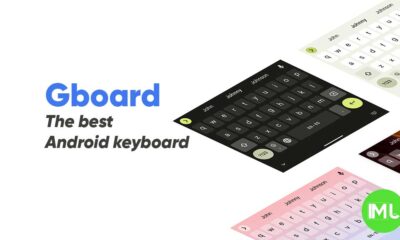
 Apps1 year ago
Apps1 year agoGboard Proofread feature will support selected text
-

 News1 year ago
News1 year agoSamsung USA crafting One UI 6.1.1
-
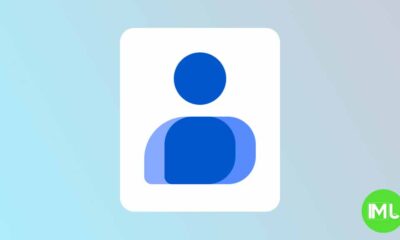
 Apps1 year ago
Apps1 year agoGoogle Contacts app testing new Besties Widget
-
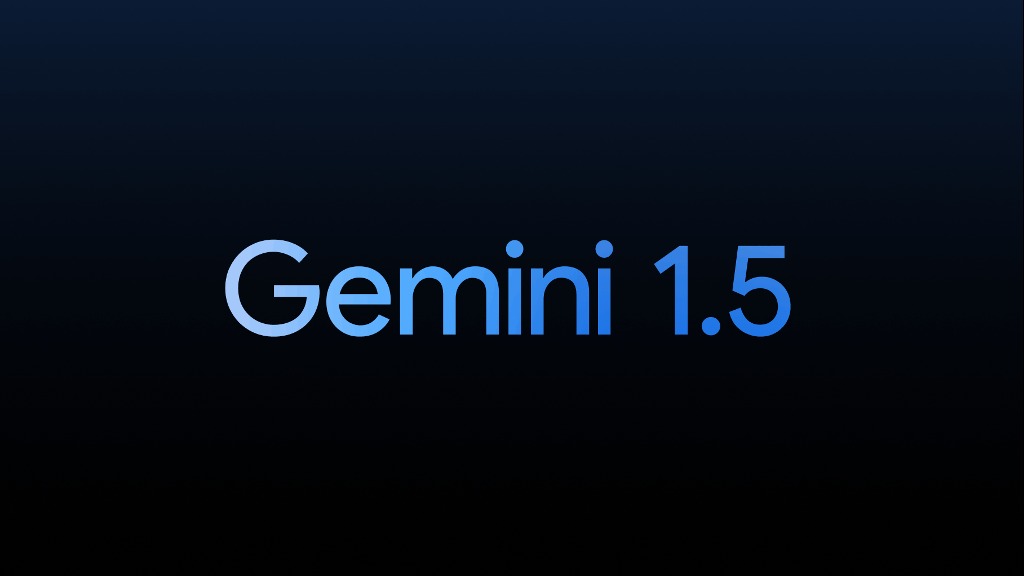
 AI12 months ago
AI12 months agoGoogle Pixel 9 Pro may come with a complimentary one-year Gemini Advanced subscription
-
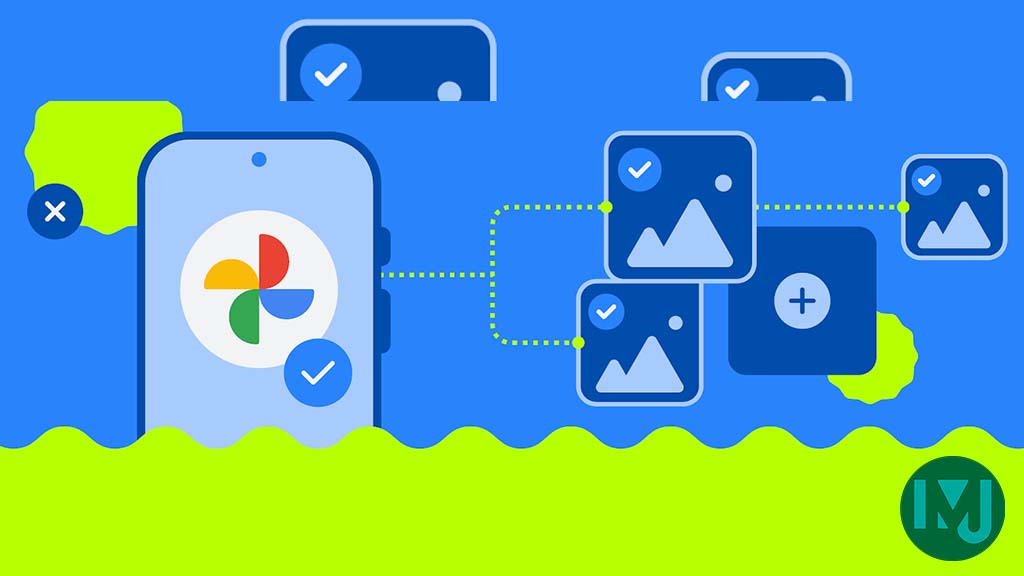
 Apps12 months ago
Apps12 months agoGoogle working on a new video editing feature for its Photo app
-
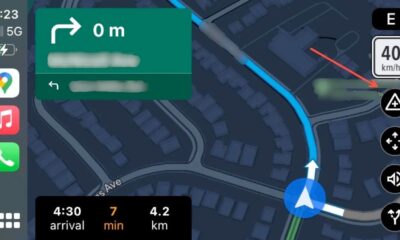
 Apps12 months ago
Apps12 months agoGoogle Maps lets you report traffic jams and accidents on Apple CarPlay, but not on Android Auto
-

 News1 year ago
News1 year agoBreaking: Samsung Galaxy S22 may get Galaxy AI features
-
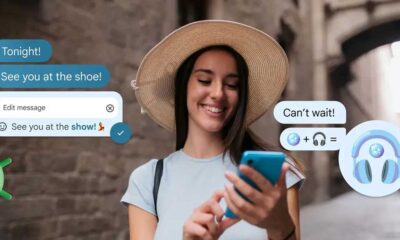
 Apps1 year ago
Apps1 year agoGoogle Messages app will transform MMS chats into RCS

